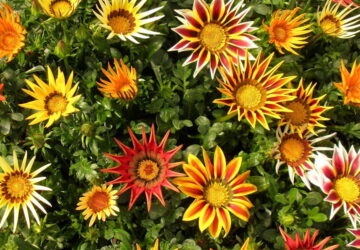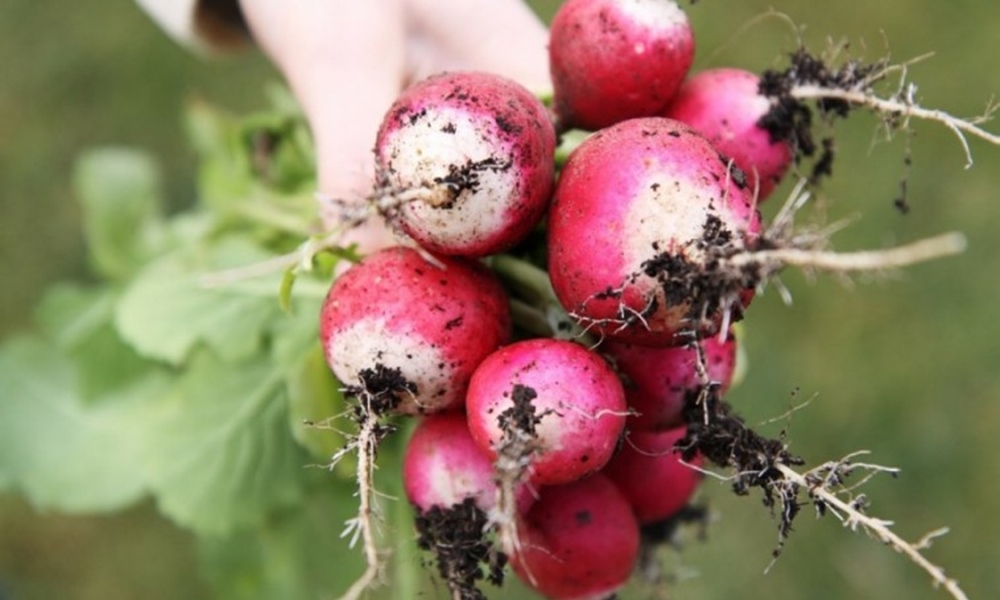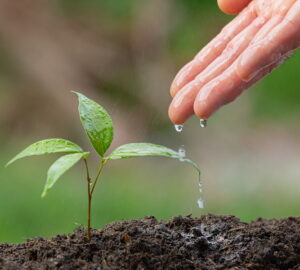Tender and crunchy, radishes emerge as one of the earliest jewels of spring, not just for their vibrant flavor but also as a nutritional powerhouse.
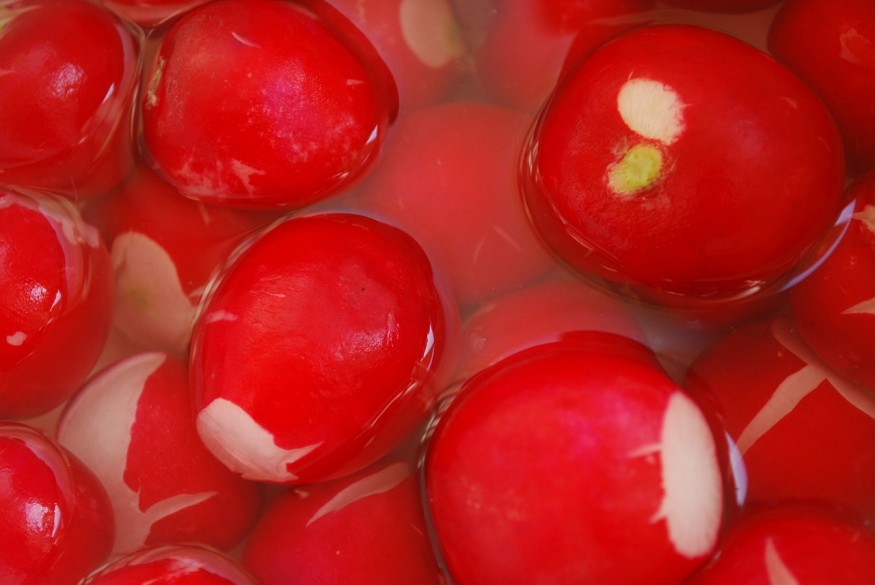
Colorful Beginnings: The Palette of Spring Radishes
Radish, originating from the thickened, semi-underground stem, boasts a hue typically painted in solid rose-red or its variants. The captivating red-on-top and white-on-bottom two-tone variety adds an extra layer of allure. The shape is a dance between regular spheres and flattened-elongated forms, or shorter and longer cylinders. The leaves, slightly rough in texture, unfold with a lobed elegance, with the young and tender ones doubling as a delightful addition to salads. In contrast to their larger summer and winter counterparts, spring radishes flaunt petite dimensions, with an average weight ranging from 15 to 40 grams and a diameter spanning 2 to 10 cm.
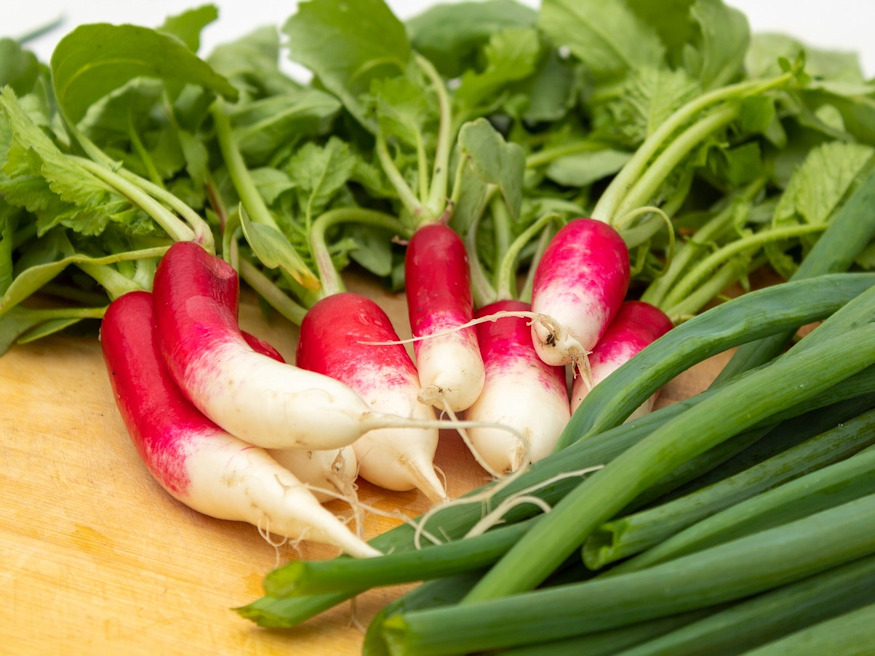
Breakfast Bliss and Culinary Versatility
Come Easter, small red radishes grace the breakfast table alongside ham and eggs, heralding the end of winter and the arrival of spring. Beyond being a visual and culinary delight, these early vegetables serve as a vital source of vitamins during this transitional period.
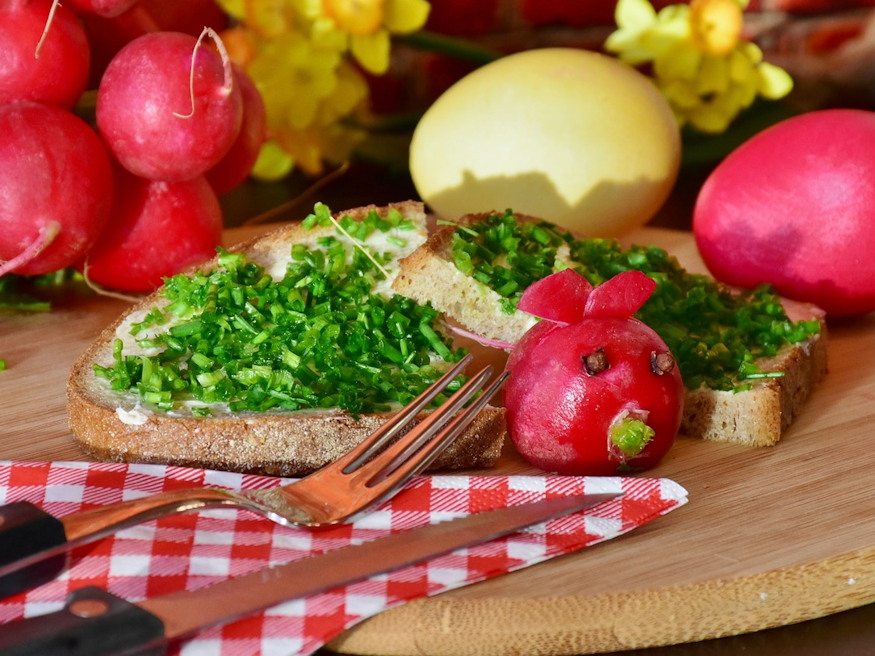
Raw and Ready: Unleashing the Culinary Potential
Radishes stand out as one of the select few vegetables traditionally savored in their raw, unadulterated form. Their preparation is a breeze – wash and relish on their own or pair them with buttered bread, salad or cheese for a delightful gastronomic experience.

The Spicy Symphony of Outdoor Radishes
The distinction between mild greenhouse radishes and their spicy outdoor counterparts is not just in flavor but in medicinal properties. Field-grown radishes, with their peppery punch, boast higher levels of essential oils and vitamin C. Beyond their culinary appeal, radishes wield healing powers, with their essential oil serving as an antibiotic. The expectorant effect aids in alleviating coughs, hoarseness and respiratory ailments. Metabolism gets a boost, enhancing appetite and regulating digestion, while radish juice stands recommended for those grappling with bile disorders.
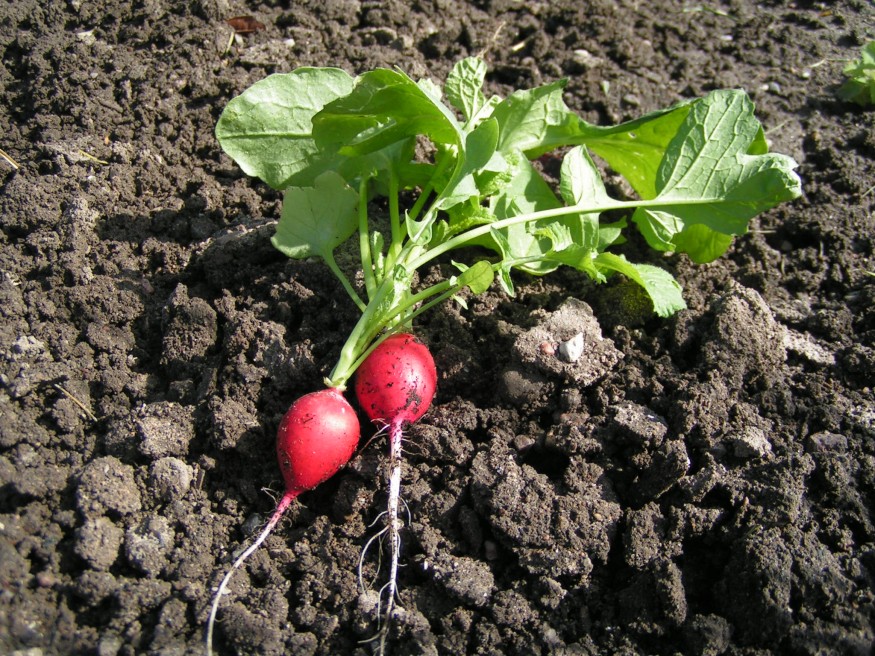
Gastronomic Finesse: Thin Slices and French Traditions
Unlocking the full flavor spectrum of spring radishes requires expert slicing into thin, delicate pieces. A charming French culinary tradition involves savoring radishes in their infancy – almost white – in thin slices served as appetizers, paired with butter.
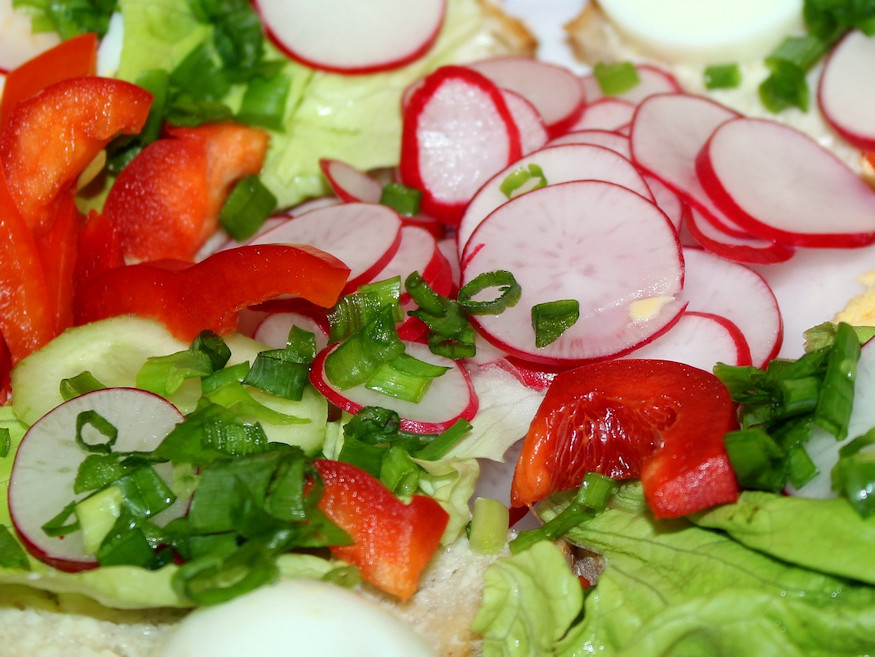
Harvesting the Essence of Spring
As winter yields to the vibrant emergence of spring, radishes not only color the palate but infuse it with a burst of nutritional vitality. Beyond their visual allure, these petite vegetables encapsulate the essence of the changing season, making them an indispensable addition to the springtime table.
